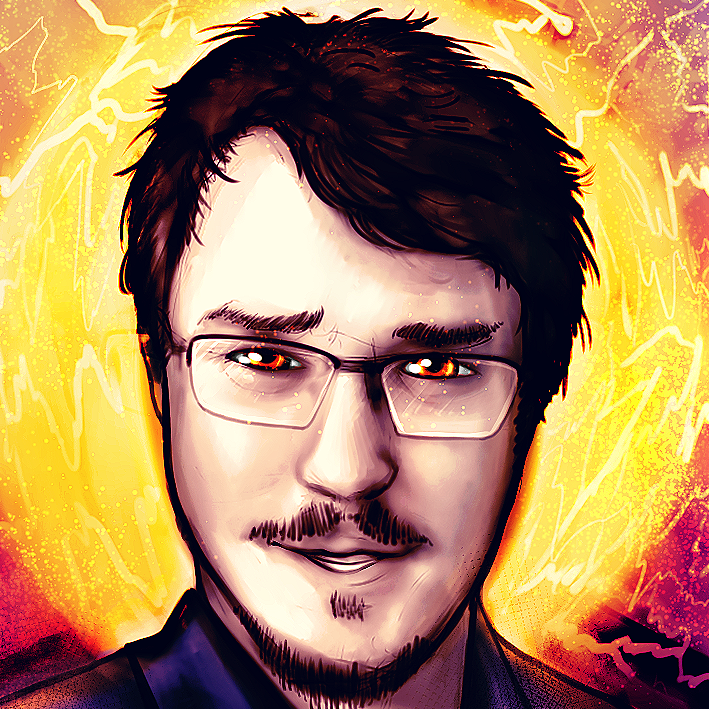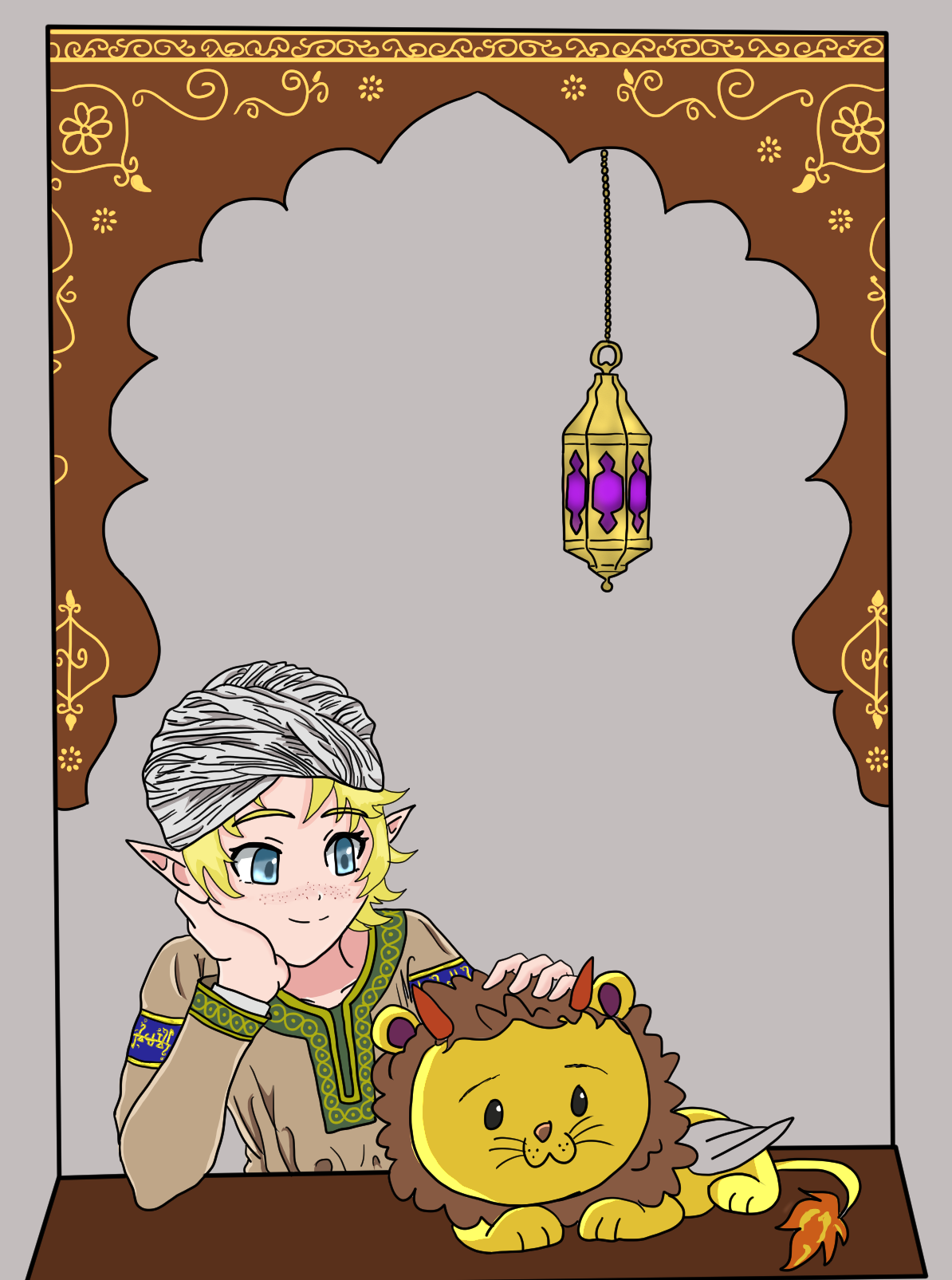Reformed Church
The Reformed Church, also known as the Reformed Blatian Faith its, alongside Yemuism the most widespread faith in Yeia. It was the official religion of the Ikarian Empire , and nowadays is the official religion of the Blatian Empire, the Republic of Valia and the Grand Duchy of Liwal, and has an strong foothold in other realms like the Kingdom of Witharfia, the Kingdom of Oronia or Nythia."Do not be deceived by the allure of dark magic, for its promises are empty and its path leads to despair. Choose the brilliance of righteousness, and you shall find everlasting fulfilment."
History
After the Prophet revealed his true identity and return to his Heavenly Palace his disciples (over a hundred after his last preaching at the White Mountain) spread his message to the far corners of the Empire. For example St. Leo preached in Sinoria and Keas island before arriving to the island of Vatia, where he founded a House of Prayer at one island in front of its capital, Old Valia. St. Senius preached in the north Kallian plains while St. Lucia preached in the Southern Kallian plains and the Old South. Soon this reformed variant of the Ikarian religion became the most widespread religion across the Ikarian Empire. Something that was confirmed after the after the I Council of Blati in 145 AP, that stablished the Reformed Church as the official Church of the Ikarian Empire. Soon two branches of the faith began to fight between them to see which vision of the teachings of the prophet was the right one. On one side were the Petrines; founded by St. Petrinus in the late 2nd century AP. They devoted their life to take care of the poor and many Petrines found the new monastic movement as a way of achieving these goals. They believe that the message of the Prophet was a message of hope and kindness. One of the most famous Petrines was St. Constantinus of Ikaria, who according to tradition was a great sage and priest who summoned a dragon who ate one of his opponents who was mocking the Petrine doctrines. The rivals (theologically speaking) of the Petrines were the Iulians founded by St. Iulius of Orphia. The Iulians consider the teachings of the prophet to be a warning message and a message of repentance for the sins and worship of the dark magic that some humans had adhered to. The Iulians were great public speakers and for most of the history of the Reformed Church during the Ikarian Empire held the highest offices of the Church. According to their Petrine rivals the only thing Iulians were good at was striking fear into the hearts of the faithful. The theological disputes between this two factions escalated into social conflicts inside the main cities of the empire with multiple riots and street fights. This unrest generated by their conflicts was common in the last centuries of the Empire. And it was only solved in 421 when the Council of the Roses (also known as the IV Council of Blati) was summoned by the Ikarian Emperor, when, after months of debate, the famous Declaration of the Roses, signed by every archpriest of the Empire. This Council ended the theological disputes with the establishment of a new, middle ground doctrine between the two, that put an end to the religious strife inside the Empire and the official disappearance between these two groups.Structure
Most of the structure of the Church is inherited from the structure of the old Ikarian religion, although with certain modifications according to the teachings of the The Prophet. The hierarchy of the church is divided in High and Lower offices, as follows:High offices
- High Priest: The supreme religious authority after the Emperor, who is the leader of the church. He is the supreme authority in religious and theological disputes and he presides an special tribunal for religious matters.
- Archpriest: They are the high rank priests and head of an ecclesiastical province (in the former territories of the Ikarian Empire these church provinces match the administrative imperial provinces of old).
Lower offices
- Deacon: A deacon in the reformed church is the leader of a local community, more precisely a city. From there he directs and guides the nearby communities of the towns nearby. He is responsible to the Archpriest. They are elected by the faithful from among the most prominent priests of the community.
- Priests: They are the responsible of conducting the liturgy at the temples and made offerings to the statues of the gods. They undergo a period of training between 4 and 8 years in order to become ordained priests.
Monasticism in the Reformed Church
Monasticism in the Reformed Church can be attributed to a very important figure, St. Ghaspar, in the early 3nd century AP. St. Ghaspar was a Seris converted to the teachings of the prophet that was a former Yemuist monk. He introduced some of the monastic ideas of the Yemmuist faith into the reformed church. Previously to him, some believers in the teachings of the prophet decided to live in community in what were called "Houses of Prayer". After St. Ghaspar these Houses of Prayer became the first monasteries. He is the author of the first monastic rule, the Rule of St. Ghaspar who instructed the monks to be educated in theology and magic and emphasized the role of the monks as helpers of the poor and spiritual guides of the community. St. Ghaspar ordered the monks that despite live most of the time isolated, they should go outside at least one day a week in order to take care of the local neighbourhood. With him and his rule the monasteries also became centres of knowledge, both for the wealthy and the poor and also their gardens provided food not only to the monks but also to the poor. Monasticism quickly spread across the Empire and today monasteries are a common sight both in cities and in the countryside. Each monastery is rules by a "Father" or "Mother", depending if the monastery is composed of nuns or monks. These two groups have to be celibate (in fact they're the only members of the Reformed church that are forbidden to marry and have children). The typical layout of a monastery consists on a central decorative garden surrounded by an atrium with the church either in the middle of the monastery or orientated to the East, where the sun rises. In the upper floors over the atrium are located the bedrooms of the monks as well as the scriptorium, where ancient books are copied and restored. South of the gardens and typically separated from the main building is located the other garden where the monks grow vegetables and fruits.Tenets of Faith
The members of the Church follow the teachings of the prophet Blatikuski, The Prophet of Blati.; considered by them to be the avatar of the god of the Sun, Abbon Shabai, who came to the mortal realm in order to fight the forces of darkness and dark magic. His teachings are contained in several books like " Teachings of the Prophet" or the "Perymenion" a collection of 300 quotes of the Prophet supposedly recorded during his preaching by his disciple St. Leo. The Prophet sought to restore the old Ikarian religion in order to appease the gods and improve the relations between humans and the gods. The Prophet put a lot on emphasis in how to worship and also the role of worship the gods with true faith in order to avoid the temptations of the forces of evil (like what happens to the Crorai). He taught that through worship (prayers and libations) and good deeds mankind can achieve the full protection of the gods and through them, once they have shown their piety, they will be able to know how to avoid evil and dark magic. Blatikuski also emphasized the formation and study of the clergy and its role as servants of the community. Believers should pray at least once a day at a temple and two at home, one when one wakes up and another when one goes to sleep. Observing these rules guarantees peace between mankind and the gods and also the reinforcement of the alliance between humans and the deities against the forces of darkness.The importance of Proselytizing
At first there was a tremendous discussion inside the church about the question if the church should spread the message of the Prophet or not. Many argued that the message of the Prophet was an exclusive revelation to the Ikarian people while others argued that this was a message to the entire mankind. These disputes were settled in the III Council of Ikaria in 226 AP where the Church allowed missionaries to be sent to the Grand Duchy of Liwal, an ally of the Empire against the Crorai which, due to Ikarian influence had already converted to the Ikarian religion. The mission was a success as the Grand Duke, his family and court accepted the message of the Prophet, and in 229 AP, Liwal became, alongside the Ikarian Empire the only country aside the Empire itself which adopted the reformed faith. Some communities were also stablished in neighbouring Oronia, although most of the Oronai refused to convert. In the following centuries, some northern realms also converted and in mor recent times one of the great successes of the Church was the missionary effort in Witharfia.
Type
Religious, Organised Religion
Leader
Founders
Parent Organization
Related Ethnicities






Wow, four to eight years to become a priest. So much training. I love the fact that priests aren't forbidden from marrying or having kids, just nuns and monks are. Really interesting religion. <3
Thank you again Serukis for your wonderful comments in my articles! <3. Yes, its a long timespan of training because according to their believes the Prophet said that the clergy had to be very well educated in both the Holy Books and Theology, in order to be good servants of their communities and also in order to fight any heresies or hostile religions. Oh, I forgot to mention that there can be priest and priestesses!